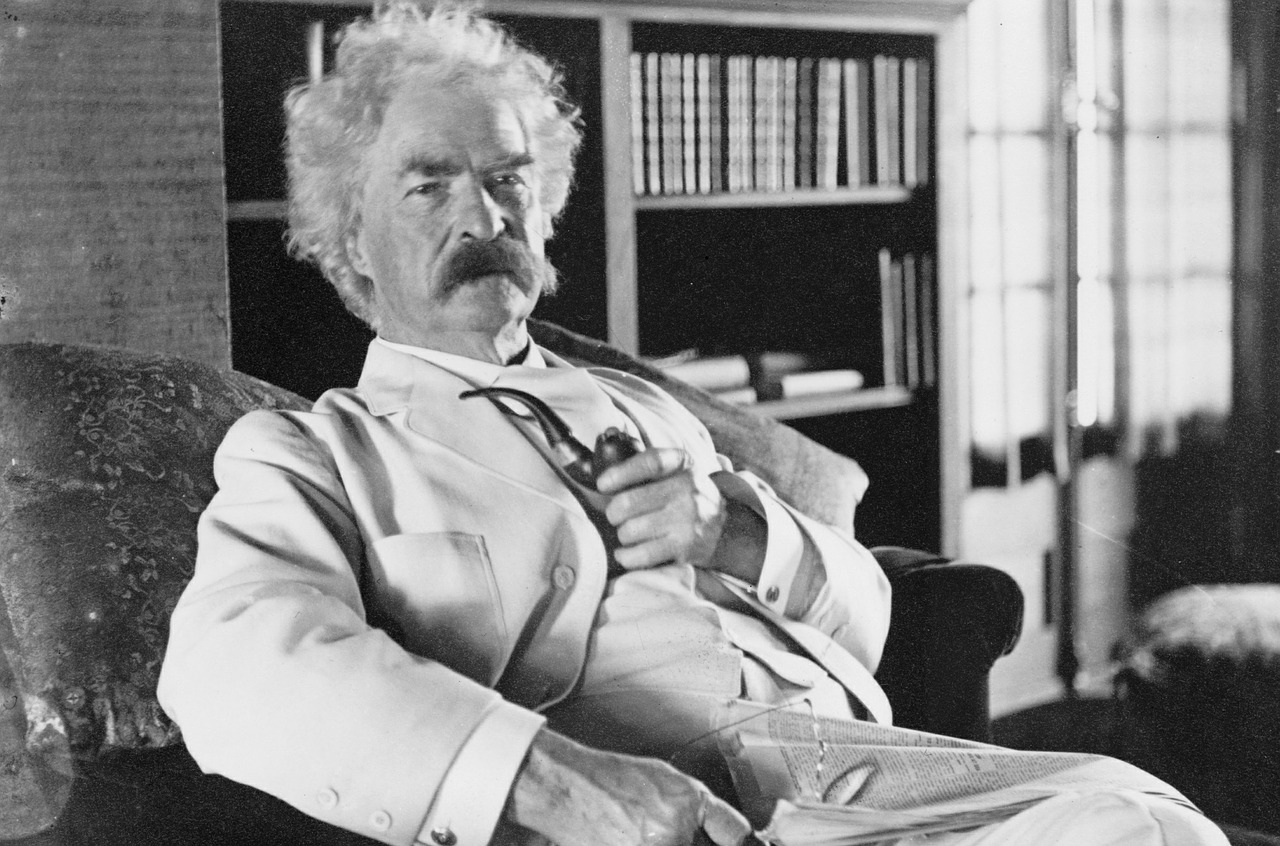Once you have completed your first draft, there are several ways to begin your revisions.
 One of the first places I look for are areas that I can expand with dialog. Dialog shouldn't be there just to have characters talk, however. Good dialog moves the plot along, while at the same time helping to define your characters.
One of the first places I look for are areas that I can expand with dialog. Dialog shouldn't be there just to have characters talk, however. Good dialog moves the plot along, while at the same time helping to define your characters.
Mark Twain said, "Don't say the old lady screamed. Bring her on and let her scream." What he meant was look for places where you told the reader something. Maybe you say your character was worried or pleased about something. Instead of saying it, let the character say it. It is often why I work to keep characters traveling together, so they have someone to talk to.
And dialog needs to sound authentic. While you are out and about during your day, listen to people talk. Really listen. The spoken language isn't usually stiff and formal. People hem, they haw. They don't speak in complete sentences. And people usually don't monolog. If your characters are having a discussion, don't let one of them take over unless it is essential to the plot, and even then, intersperse it with comments or body language from the other characters.
Remember, each character needs to sound unique. This is where character traits come into play. What is important to that character will come out in what they have to say.
Writing good dialog takes practice. I have often thought that my experience as a reporter has helped my dialog sound authentic. I spent years writing down exactly what people said so I could quote them in articles. I spent time listening to the rhythm and nuances of language and how it was punctuated. It was time well spent.
Next Up: Adding Description

